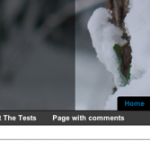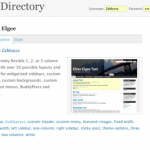WordPress Users Take Note – 2.0.2 Security Release In The Wild
All of you WordPress users out there, take note: the WP dev team has released the 2.0.2 Security Release with fixes for an undisclosed security issue and several large bugfixes. I’ve upgraded all of my hosted sites to 2.0.2, so…



